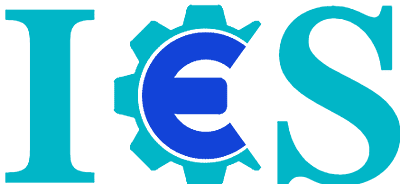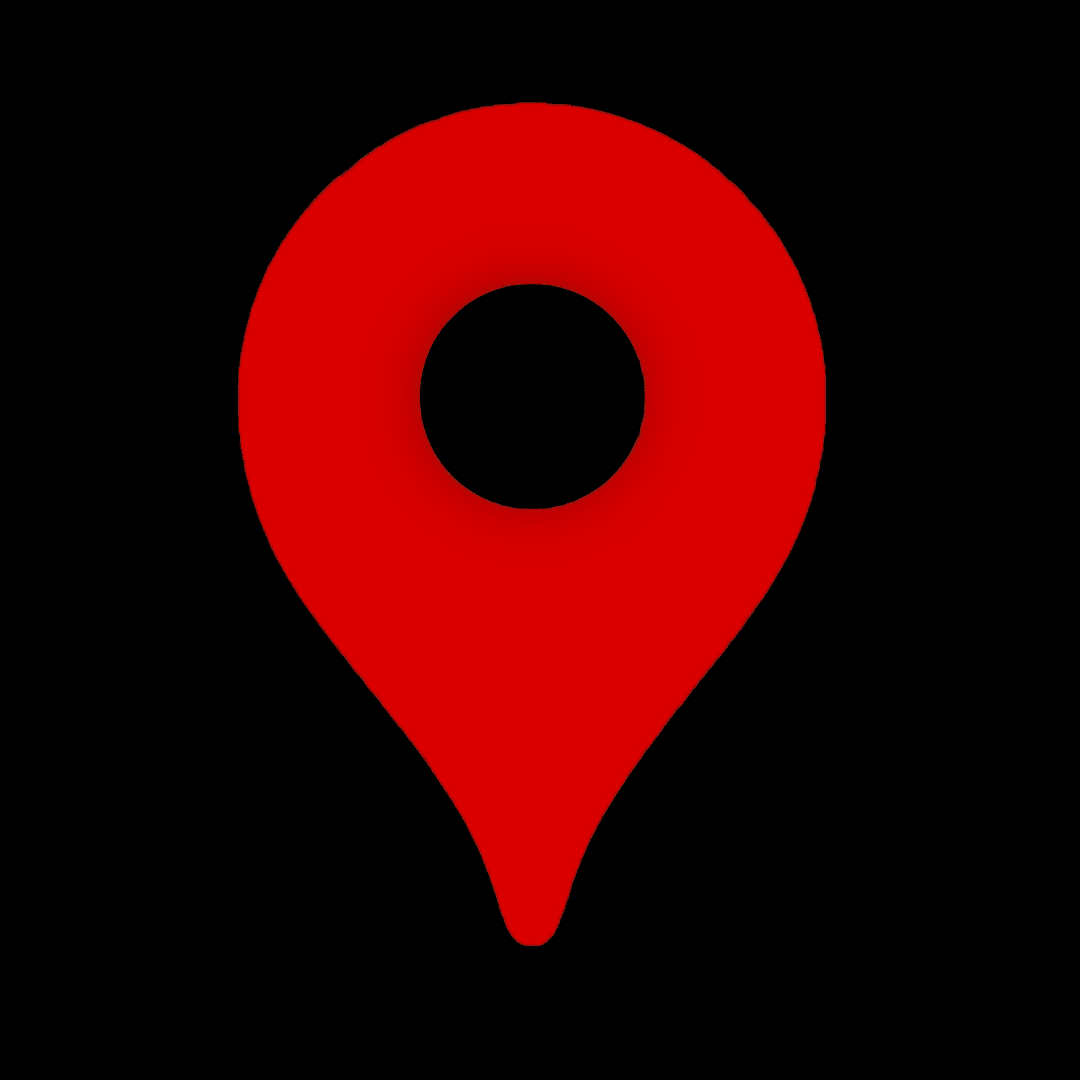The kitchen cabinet industry is evolving rapidly, and manufacturers and retailers must stay ahead of the competition. One of the most impactful advancements in this sector is 3D rendering technology. With its ability to create photorealistic visuals, streamline the design process, and enhance customer engagement, 3D rendering has revolutionized the way kitchen cabinets are marketed and sold.
In this in-depth guide, we will explore how 3D rendering transforms the kitchen cabinet industry, its benefits, tools, integration processes, and future implications. Whether you're a small retailer or a large manufacturer, understanding and utilizing this technology is crucial for business success.
What is 3D Rendering in Kitchen Cabinet Design?
3D rendering is the process of converting 2D sketches or CAD drawings into realistic, detailed digital images that accurately represent kitchen cabinets, including textures, lighting, and materials. It allows designers and clients to visualize final outcomes before production begins.

Types of 3D Rendering in Kitchen Cabinetry
| Type | Description |
| Photorealistic Rendering | Produces lifelike images showing textures, materials, and lighting as they appear in reality. |
| Conceptual Rendering | Basic 3D models used in the early stages to convey ideas and layout. |
| 360-Degree Rendering | Interactive renders that allow users to rotate and examine a design from every angle. |
| Augmented Reality (AR) | Overlays digital cabinet designs in the customer’s real-world environment using a mobile device. |
| Virtual Reality (VR) | Provides immersive 3D walkthroughs of kitchen designs. |
Key Benefits of 3D Rendering for Retailers & Manufacturers
1. Enhances Customer Experience & Decision-Making
"A picture is worth a thousand words, but a 3D render is worth a thousand sales."
Clarity of vision: Clients can see exactly how the cabinets will look in their space.
Faster decision-making: Visuals remove uncertainty, leading to quicker approvals.
Customization options: Easily alter colors, finishes, and layouts on demand.
Virtual presentations: Ideal for remote consultations and online selling.
2. Reduces Time and Design Costs
Speeds up design cycles: Fewer revisions thanks to more accurate previews.
Minimizes waste: Eliminates the need for multiple physical prototypes.
Fewer errors in production: Clear visuals help prevent misunderstandings.
3. Powerful Sales & Marketing Tool
| Traditional Marketing | 3D Rendering Marketing |
| Flat 2D drawings | Interactive 3D models |
| Limited visuals | Real-time customization |
| Static brochures | Animated walkthroughs |
| Physical showroom visits | Virtual showrooms and catalogs |
Boosts engagement: Especially on social media and eCommerce platforms.
Higher conversion rates: Better visuals lead to more confident purchases.
4. Facilitates Team Collaboration
Improved internal communication: Teams can see and understand project scope visually.
Real-time updates: Collaborate across teams or locations with cloud rendering.
5. Enhances Manufacturing Precision
Exact measurements: Avoid discrepancies between design and production.
CAM integration: Syncs with CNC machines and other manufacturing tools.
Workflow: How to Implement 3D Rendering in Kitchen Cabinet Design
Step 1: Initial Concept Development
Gather client requirements.
Create basic 2D sketches or layouts.
Step 2: 3D Modeling
Use software like SketchUp or Cabinet Vision to build cabinet structures.
Step 3: Rendering
Import models into rendering engines like V-Ray, Lumion, Revit, or 2020 Design.
Apply materials, lighting, shadows, and backgrounds.
Step 4: Review & Feedback
Present renders to clients for input.
Make adjustments based on client needs.
Step 5: Finalization & Manufacturing
Once approved, generate detailed specs for production.
Share with manufacturing team or sync with CNC software.
Top 3D Rendering Software for Cabinet Design
| Software | Best For | Notable Features |
| Blender | Open-source 3D design & visualization | Advanced modeling, animation support, customizable workflows, ideal for concept visuals |
| Vortex | 3D modeling for interior systems | Intuitive interface, modular components, efficient drafting for wood product layouts |
| 3ds Max | High-end visualizations & animations | Industry-grade photorealistic rendering, material mapping, animation capabilities |
| 2020 Design | Kitchen & retail showroom planning | Realistic rendering, rich manufacturer catalogs, intuitive drag-and-drop features |
| SketchUp | Quick conceptual designs & detailing | Easy learning curve, wide plugin library, 3D warehouse access |
| V-Ray | Rendering plug-in for photorealism | Physically accurate lighting, global illumination, works with SketchUp, 3ds Max, Revit |
Design Tips to Maximize Your 3D Rendering Output
✅ Use High-Resolution Textures
Wood grain, marble, and matte finishes should mimic real-life materials.
✅ Focus on Lighting
Natural and ambient lighting adds realism.
Use multiple light sources for balanced shadows.
✅ Add Accessories and Decor
Include handles, vases, chairs, or wall art to bring the design to life.
✅ Render in Multiple Angles
Provide overhead, front-on, and 360-degree views.
✅ Match Real-World Colors
Coordinate with material swatches or paint codes for accuracy.
Challenges to Consider
| Challenge | Mitigation Strategy |
| High initial software cost | Opt for subscription models or free trials. |
| Learning curve | Provide team training or hire specialists. |
| Rendering time | Use cloud rendering services to reduce lag. |
| Client tech limitations | Share web-based renders or mobile previews. |
The Future of 3D Rendering in Kitchen Cabinet Industry
AI-powered design suggestions to speed up concept development.
Cloud rendering platforms for real-time collaboration.
3D eCommerce configurators allowing users to design cabinets online.
AR/VR adoption for hyper-personalized buying experiences.
Conclusion
3D rendering is transforming how kitchen cabinets are designed, presented, and manufactured. From creating stunning visuals to enhancing client satisfaction and operational accuracy, it offers immense value for both retailers and manufacturers.
If you're not leveraging this technology yet, you're missing a significant opportunity to streamline your workflow and delight your customers.
Key Takeaways
✅ Helps customers make quicker decisions with confidence.
✅ Reduces costs and material waste.
✅ Powers immersive marketing and sales strategies.
✅ Improves manufacturing efficiency and team coordination.
✅ Prepares businesses for future-ready workflows.
Partner with Innovian Engineering Solutions
Innovian Engineering Solutions provides top-notch kitchen cabinet design using cutting-edge tools like:
✅ Cabinet Vision
✅ Microvellum
✅ Mozaik
✅ 2020 Design
✅ CAD+T
✅ Revit (BIM)
Our expert designers deliver overnight designs with precision and scalability. Whether you are a retailer or a manufacturer, Innovian helps you save time, reduce costs, and win more customers.
Get in touch with us today to revolutionize your cabinet design process!

